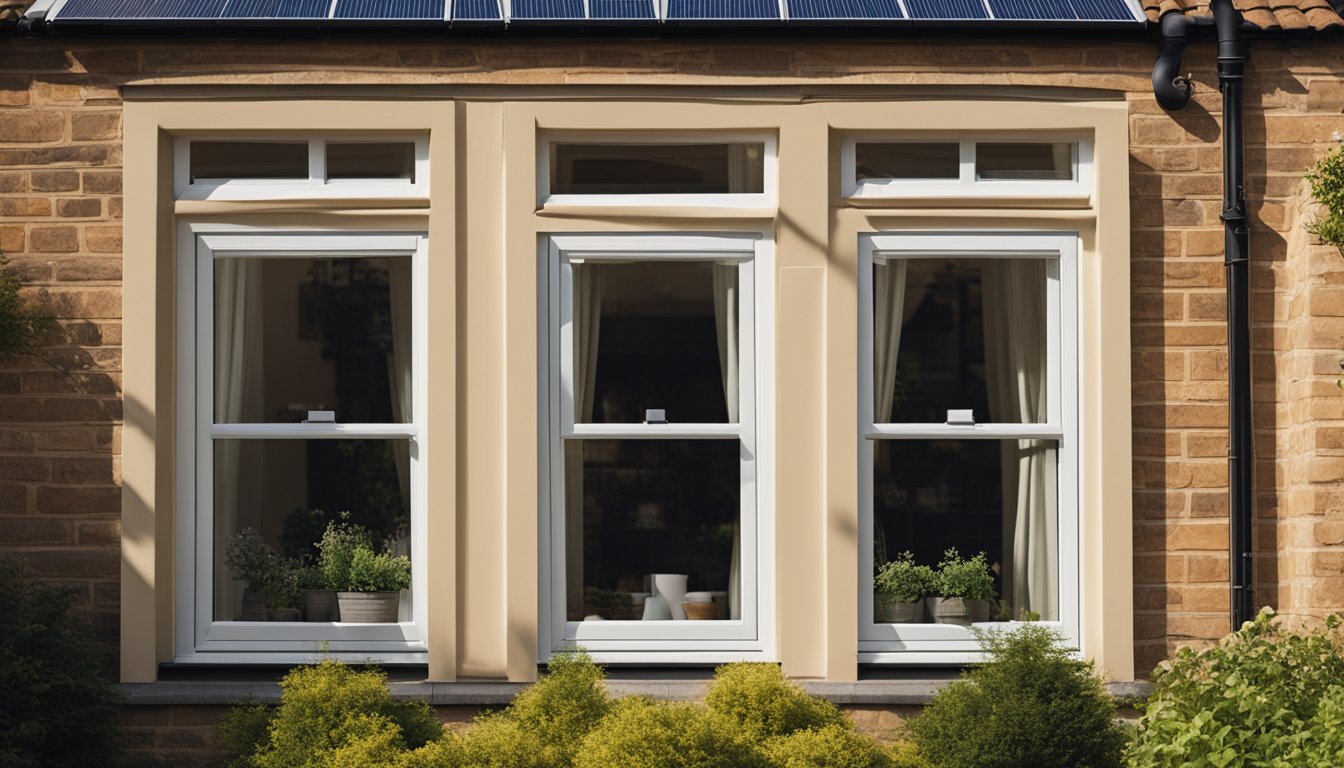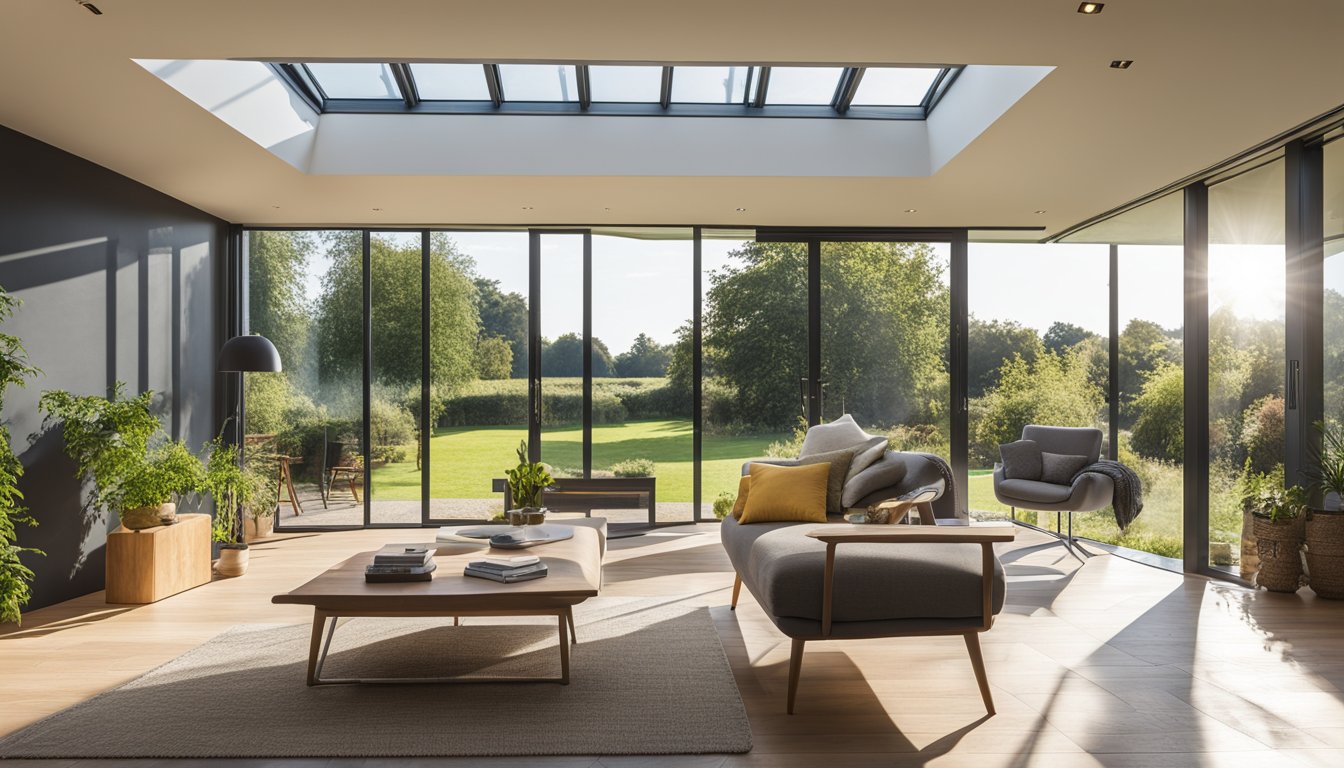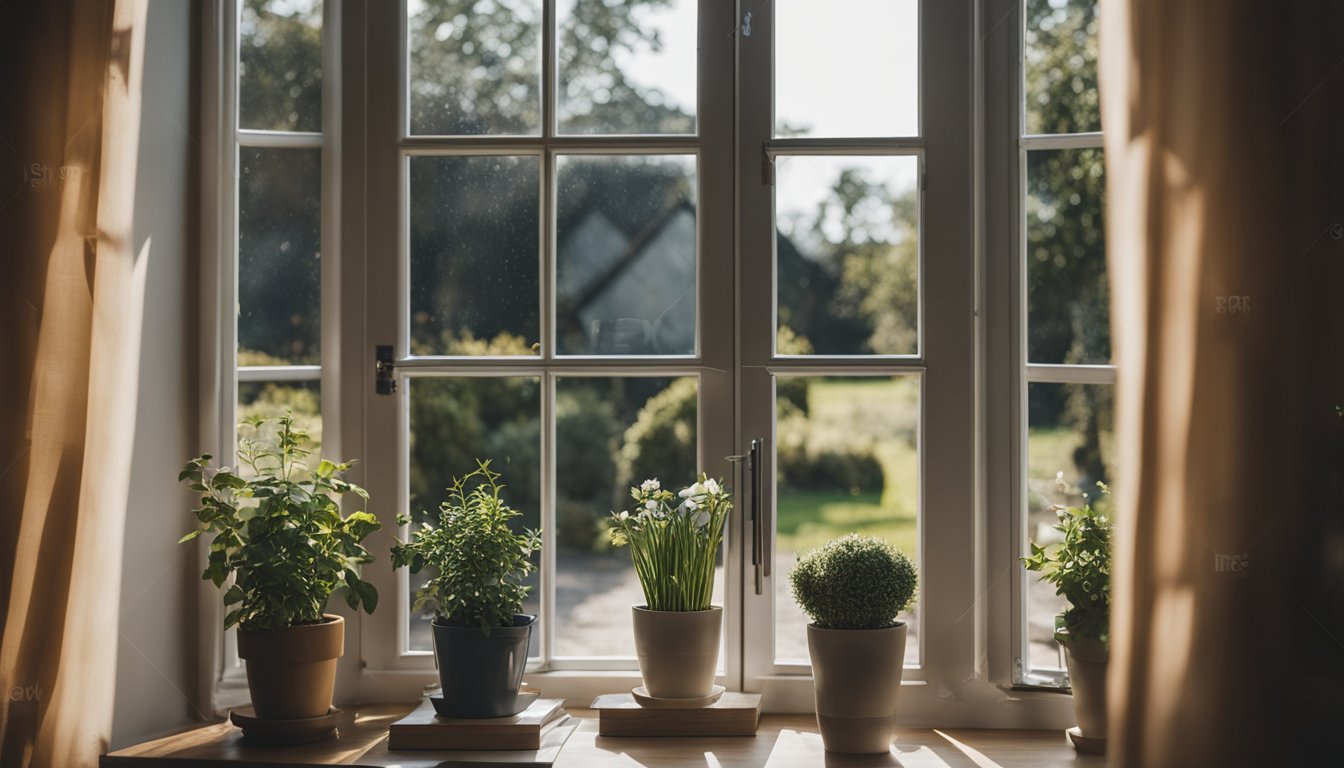Late updated: 04 Apr 2025 14:04
Written by: Eleanor Hartman
The Advantages Of Passive Solar Design In UK Homes: Enhancing Energy Efficiency and Comfort
The concept of passive solar design offers a simple yet effective way to enhance the energy efficiency of homes in the UK. By optimising the building's site, climate, and materials, passive solar design significantly reduces energy consumption. Incorporating these design principles can harness natural sunlight to provide heating, lighting, and even cooling, leading to substantial reductions in utility bills and a smaller carbon footprint.

In the UK, where energy costs continue to rise, utilising passive solar techniques becomes increasingly beneficial. Leveraging natural resources for energy efficiency not only cuts down on household expenses but also contributes to a sustainable living environment. Passive solar design eliminates the need for external energy sources, thus reducing the environmental impact commonly associated with traditional heating and cooling methods.
Our journey into passive solar design uncovers its potential to revolutionise home energy use by tapping into the power of the sun. Beyond cost savings, it's also about creating comfortable living spaces that respond dynamically to the changing seasons. By understanding its benefits, we can make informed decisions for a more sustainable future.
Key Takeaways
- Passive solar design reduces energy bills and carbon footprint.
- UK homes benefit significantly from natural heating and cooling.
- Sustainable design offers comfort and efficiency without external energy.
Fundamentals of Passive Solar Design
Incorporating passive solar design into UK homes can significantly enhance energy efficiency. It involves optimising the natural elements to reduce heating and cooling demands, improving comfort and sustainability.
Principles of Passive Solar Energy
Passive solar energy utilises the sun's light and heat effectively. By optimising solar orientation, we harness sunlight for lighting and warmth without any active mechanical systems. Thermal mass materials store and release solar heat, maintaining comfortable temperatures. Airtight construction and reducing thermal bridges help minimise heat loss.
Thermal comfort is maximised by reducing reliance on conventional heating methods through efficient passive techniques. Solar gain is essential, as it helps balance energy use and indoor climate control. Using natural solar heat reduces fossil fuel dependency, aligning with environmental goals.
Building Envelope and Insulation
The building envelope is crucial in passive solar design. It involves the walls, roof, and foundation that form a home's thermal barrier. Selecting adequate materials for insulation reduces unwanted heat gain and loss. Correct insulation helps regulate indoor temperatures, contributing to energy savings.
Proper insulation works with thermal mass for efficient heat storage. Together, they maintain a stable indoor climate. Air tightness is essential to prevent draughts, ensuring efficient heating retention. This reduces energy costs and enhances occupant comfort.
Windows and Solar Heat Gain
Windows play a significant role in controlling solar heat gain. To maximise passive solar gain, strategically placed windows capture sunlight throughout the day. South-facing windows are particularly effective in UK homes, allowing optimal sunlight penetration.
Quality window glazing influences thermal performance. Double-glazed or triple-glazed windows offer enhanced insulation, reducing heat loss. Proper shading devices, like eaves or blinds, help control excess solar gain, preventing overheating in warmer months.
By considering window size, placement, and orientation, we optimise the balance between light and heat. This deliberate planning ensures the benefits of solar energy are efficiently harnessed for comfortable living conditions.
Energy Efficiency and Building Performance

Passive solar design in UK homes prioritises energy efficiency and enhanced building performance. By optimizing natural resources and employing advanced design techniques, we significantly reduce energy consumption and improve overall comfort. Let's explore various aspects like heating demand, energy integration, and the criteria that define a passive house.
Heating Demand and Energy Consumption
In passive house designs, heating demand is drastically reduced through superior insulation and strategic building orientation. These homes harness sunlight for interior warmth, reducing dependency on fossil fuels. Energy consumption drops as high-performance windows and thermal mass buffer internal temperatures during colder months.
Space heating requirements diminish since buildings are constructed to retain heat efficiently. This leads to a lower carbon footprint for occupants. By using less energy for heating, passive homes contribute to sustainability goals while providing a consistent thermal environment.
Heat Recovery and Renewable Energy Integration
Heat recovery ventilation systems play a critical role in maintaining air quality without compromising energy efficiency. These systems extract heat from outgoing air to warm incoming fresh air, ensuring minimal energy wastage. This not only enhances thermal comfort but also promotes better indoor air quality.
Integrating renewable energy sources such as heat pumps further elevates efficiency. Heat pumps utilise ambient air or ground heat, providing cost-effective and sustainable heating solutions. Together with solar panels, they offer a pathway to net-zero energy consumption, reducing reliance on non-renewable energy.
Passive House Criteria and Standards
Passive house criteria set rigorous benchmarks for energy efficiency. These standards require specific metrics for air tightness, thermal insulation, and primary energy usage. In the UK, the aim is to achieve structures that consume 85% less energy than conventional buildings.
Such standards ensure low energy requirements by mandating meticulous design and construction practices. This includes eliminating thermal bridges and ensuring optimal sun exposure. Adopting these design principles results in homes that are both eco-friendly and economically beneficial, aligning with global sustainable building practices.
Frequently Asked Questions

Passive solar design in UK homes offers numerous benefits that relate to energy efficiency and comfort. By optimising natural light and heat, these designs reduce reliance on traditional energy sources and can result in significant cost savings.
What are the primary benefits of incorporating passive solar features into UK homes?
By maximising the use of natural sunlight, passive solar design reduces energy use and costs. Homes become more environmentally friendly. Passive features can also enhance aesthetics and increase property value.
How can passive solar design contribute to energy efficiency in domestic properties?
Optimising the orientation of windows and thermal mass storage enhances energy efficiency. This design strategy minimises the need for artificial heating and cooling by naturally regulating indoor temperatures.
What are the key elements required to achieve effective passive solar design in residential buildings?
Successful passive solar design requires strategic placement of windows, use of thermal mass, and insulation. Proper landscaping can further optimise solar gain and shading, improving efficiency.
Can passive solar design significantly reduce heating costs in the UK climate?
Incorporating passive solar strategies can lead to noticeable reductions in heating costs. By capturing and storing heat from the sun, homes can maintain comfortable temperatures without extensive use of traditional heating systems.
How does passive solar design enhance comfort and liveability in UK homes?
Residents experience improved comfort through more stable indoor temperatures and increased natural light. This reduces reliance on artificial lighting and enhances the well-being of occupants by fostering a connection with outdoor environments.
What are the long-term economic impacts of implementing passive solar strategies in house construction?
Although initial costs might be higher, passive solar design can ensure long-term savings through reduced energy bills. The increase in property desirability and value also contributes positively to economic outcomes in the long run.